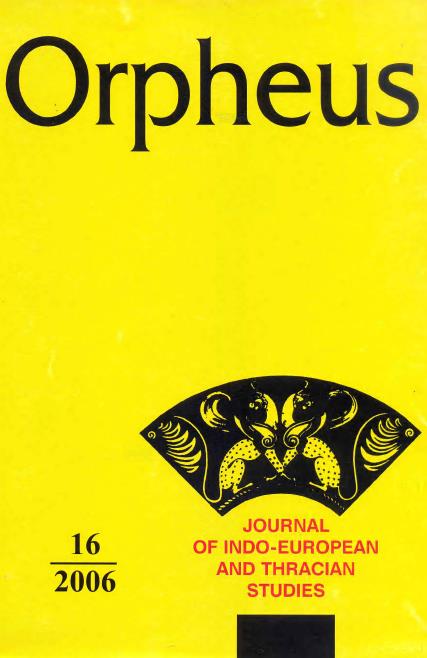
We kindly inform you that, as long as the subject affiliation of our 300.000+ articles is in progress, you might get unsufficient or no results on your third level or second level search. In this case, please broaden your search criteria.


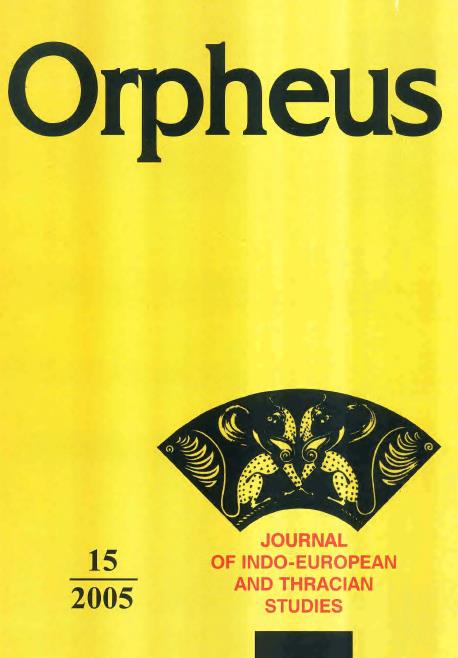



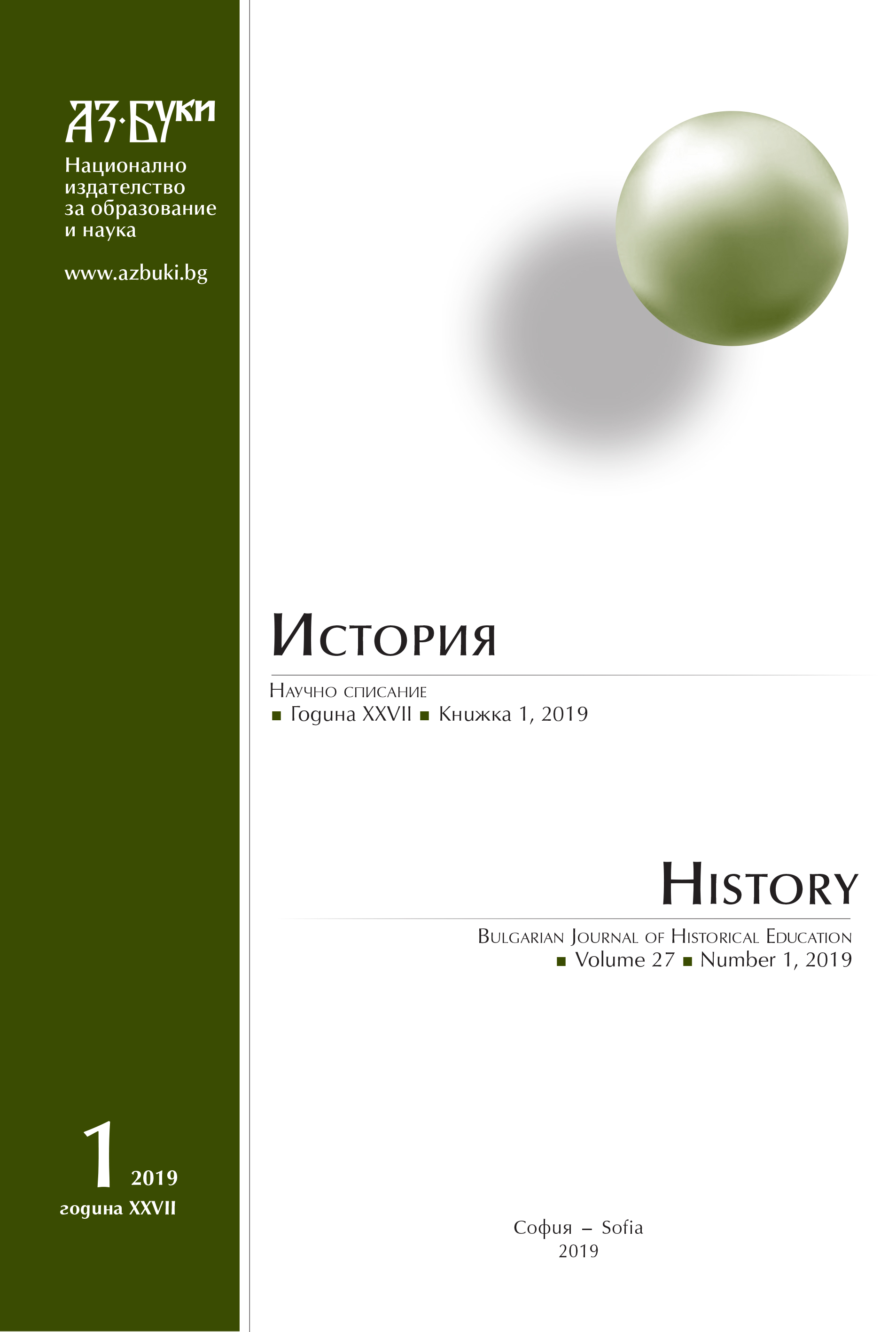
This article represents a photo of Vasil Levski, which was found in the Turkish Presidency State Archives of the Republic of Turkey – Department of Ottoman Archives in Istanbul in October, 2018. Its presence in exactly this archive, along with other documents of the Bulgarian revolutionary organization and the text on the back of the photo in Ottoman Turkish, leads to the conclusion that this is the photographic portrait of the Apostle, which was used for his chasing. With it, the total number of Vasil Levski‘s photos amounts to eight.
More...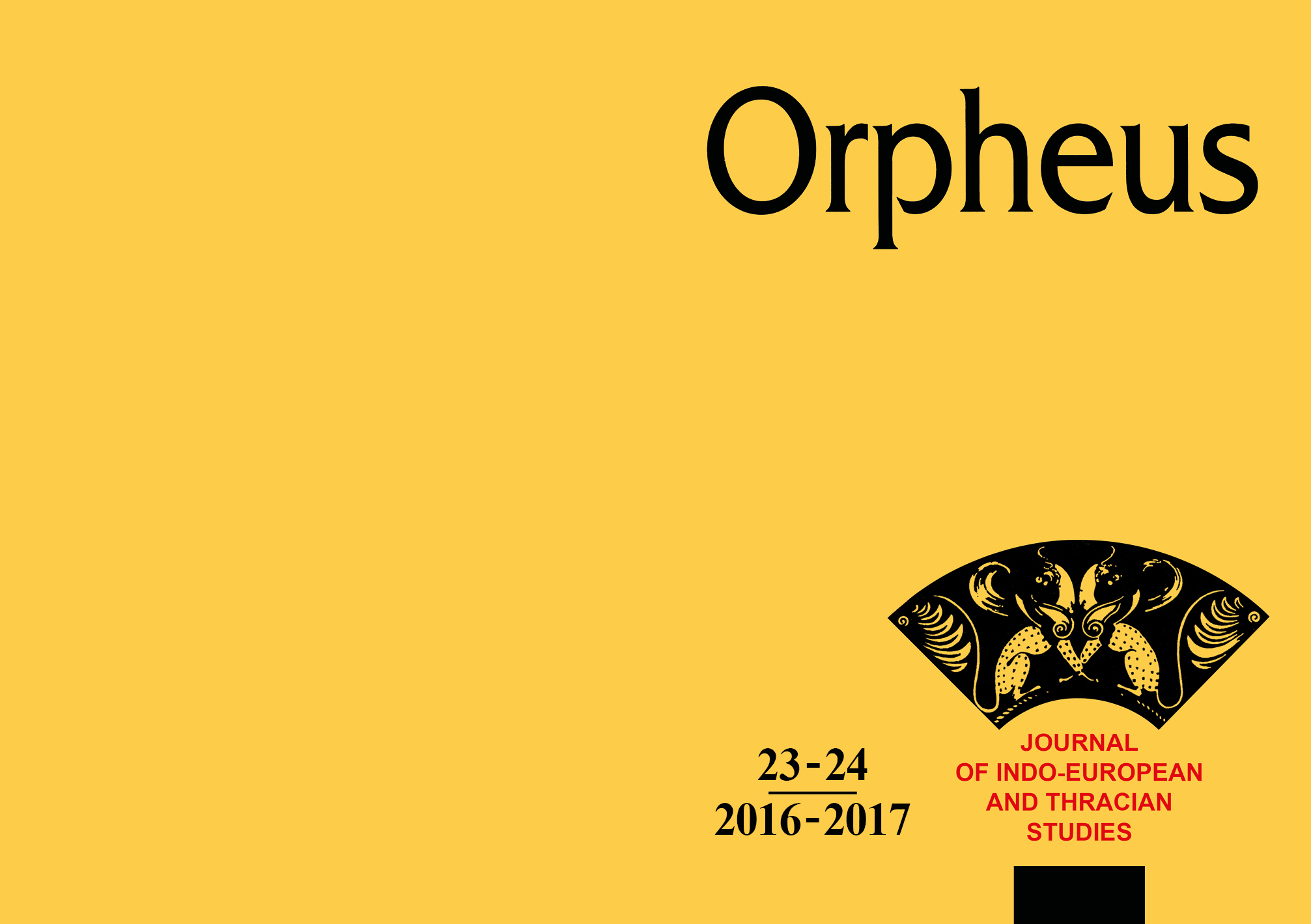
The present text is the first part of a broader study and it provides a new perspective to certain aspects of the issue of the Troglodytes in Thrace. The analysis and the reinterpretation of the available written evidence lead to reconsidering of the traditional view that Troglodytes inhabited the territories close to the Danube Delta, or lived in the caves along the Black Sea coast, giving arguments for a new localisation in the interior of the Getic lands.
More...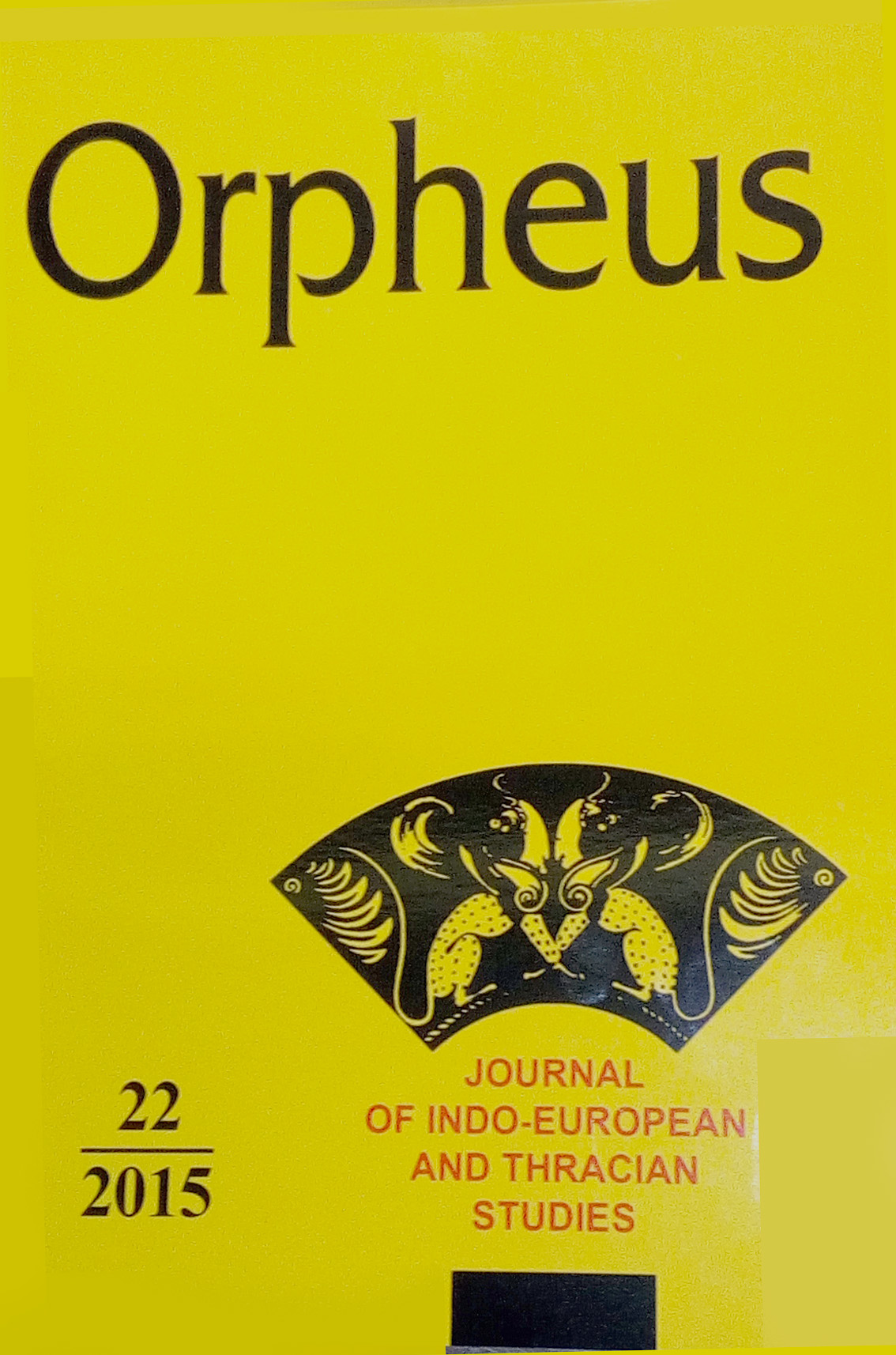
The study of Thracian toponymy with a view to chronology has different aspects. The history of each source gives a more precise picture of the chronology of the attesting of the data. Tracing the chronology of emergence is of greater significance both in linguistic and in historical plan. Owing to the areal positioning of toponymic isoglosses or isoglosses of toponymic elements, the conclusion reached in the study concerns the chronology of the emergence of groups of toponyms united by common characteristics. Tracing their propagation leads to the conclusion that the oldest layer of Thracian toponymy has lexical and word-forming parallels with the pre-Greek toponymy in the southern and western parts of the Balkan Peninsula and in Asia Minor. There is a newer layer that demonstrates lexical parallels only within the Thracian linguistic space. It comprises the settlement names with two roots and with second components recurring repeatedly, whose dissemination occurred successively throughout the first millennium BC. On the whole, the models for the formation of the Thracian toponymy were completed by the end of the first millennium BC.
More...



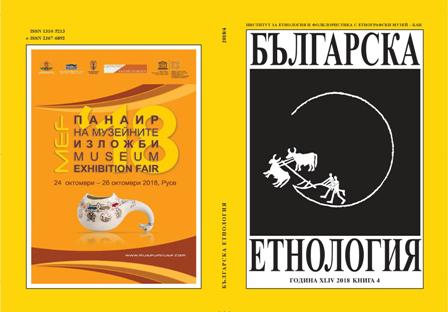
The article focuses on two forms of appropriation of the urban space by new forms of festivity organized around food consumption. Although the new forms intervene with public space and use its ideology, these practices rather question the general access to it. Usually, they are organized as private events but following the logic of new capitalism, they insist on a higher, often non-commercial, purpose that adds value to the experience. This may be the demonstrative struggle against wastefulness or aestheticization of food consumption in the public space as a form of creating experiences. The new media play a key role in the experiencing and producing of these events: from their disclosure and access to the organization of their visual identity.
More...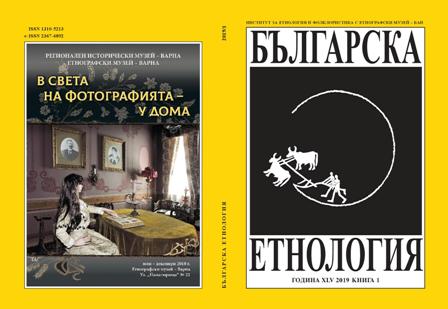
The free time was one of the most important results of the political and economic changes in Bulgaria during the 1960s; it was a peculiar “reward“ for the people who had put all their strength in the hard and wearisome work typical of the previous decade. But although it was presented as “free“, the time people had after the working day or working week was not free of ideological control at all; just the opposite, there were directives, plans and norms for it as well. According to them, only the activities orientated to the physical, intellectual, spiritual and social development of the character were considered “free time“. The article interprets photographs published in some of the popular periodicals in Bulgaria by means of which ideology constructed the idea of a correct organization of the free time of the citizens of socialistBulgaria in the 1960s. The article focuses not on the documentary but on artistic images and attempts to trace the process of transformation of certain everyday practices into beautiful views “advertising“ the ideologically legitimate activities.
More...



